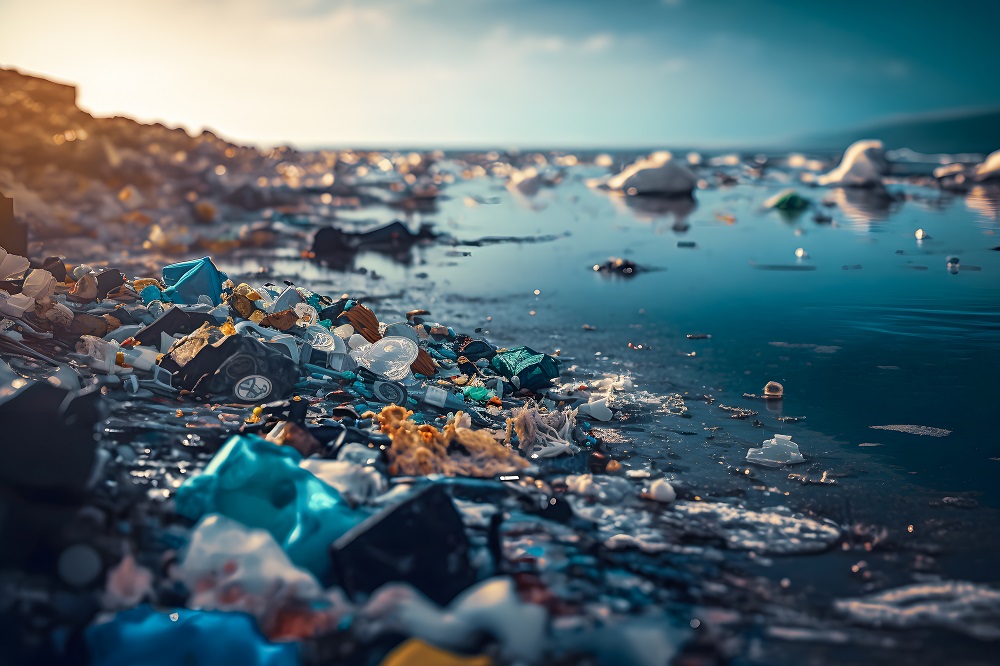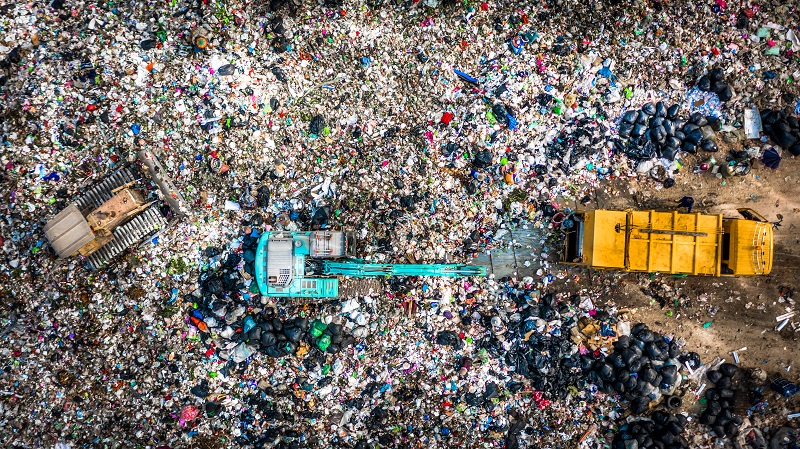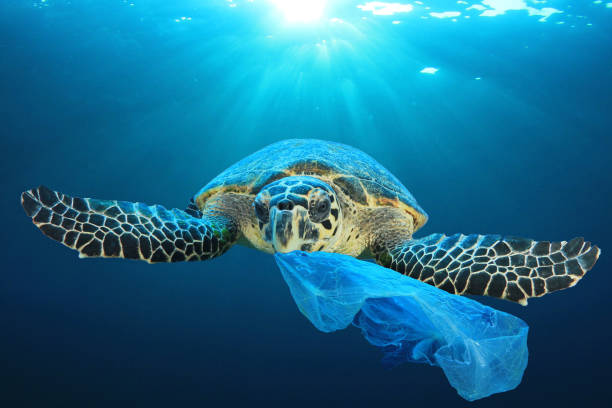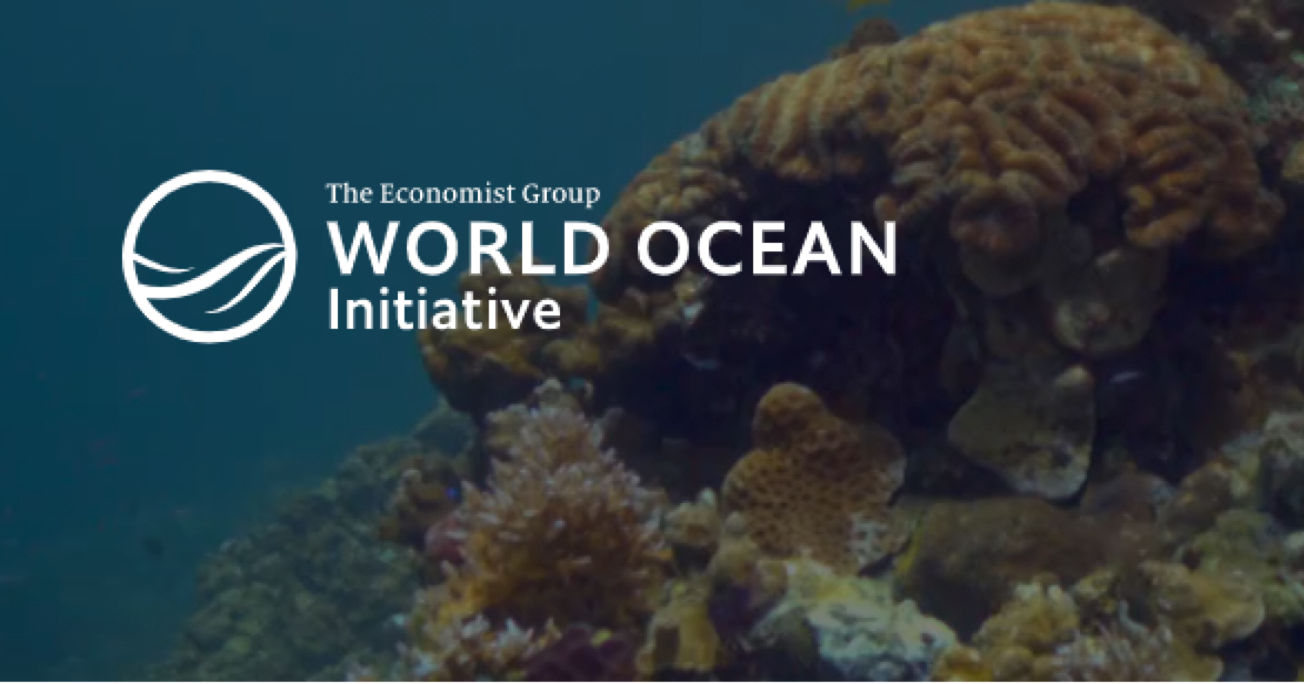Scenario 2: Mandatory extended producer responsibility schemes
With a global mandate to implement EPR, plastic consumption grows at a slower rate over the forecast period than in the baseline scenario of no policy interventions. The impact is marginal in the initial years of the mandate (we assume its implementation begins in 2025) but grows the longer EPR is in place. By 2050, worldwide plastic consumption under the EPR scenario rises to 434mt, which is 1.66 times the 2019 figure. This compares with baseline forecast growth that is 1.73 times the 2019 figure.
However, the EPR impact on consumption growth will be more limited over the long run than that achieved by either a ban on single-use plastic products or a plastic tax. At the assumed rate of price increase, there will be no plateau in polymer consumption by the middle of this century.
While the result of this scenario is less encouraging than the others, a mandatory EPR policy will make producers, retailers and brands responsible for the end-of-life of the products they put on the market. This should improve recyclability of plastic products by motivating industrial consumers to use packaging that is easy to collect, sort and recycle.
Effective recycling is integral to any effort to reduce plastic pollution and support circularity. Governments and industry groups have been actively supporting recycling since the 1980s yet, less than one-tenth of the plastic that has been produced has been recycled. There are several reasons for this, foremost among which is cost.


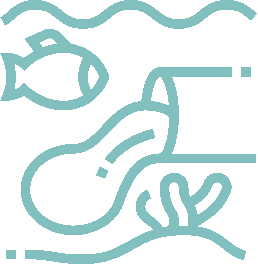

 World Ocean Summit & Expo
2025
World Ocean Summit & Expo
2025 UNOC
UNOC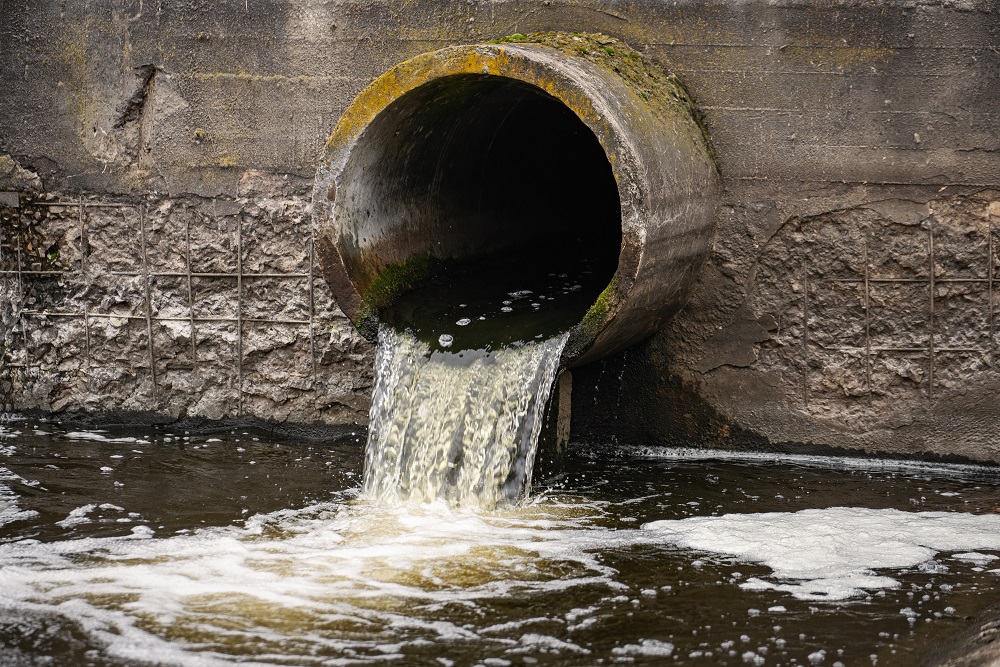 Sewage and wastewater pollution 101
Sewage and wastewater pollution 101 Slowing
the chemical tide: safeguarding human and ocean health amid
chemical pollution
Slowing
the chemical tide: safeguarding human and ocean health amid
chemical pollution Hazardous chemicals in plastics - the discussions at INC
Hazardous chemicals in plastics - the discussions at INC
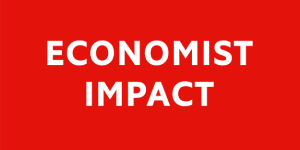
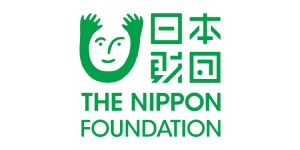






















































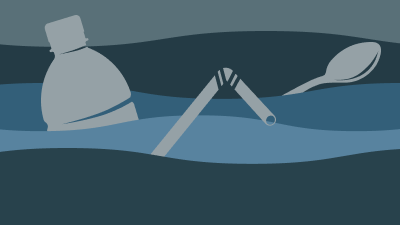



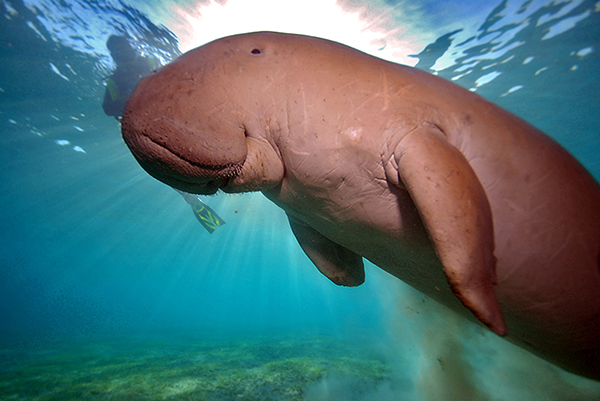 What if the world wakes up to the threat of marine chemical pollution?" class="" data-popup-title='
What if the world wakes up to the threat of marine chemical pollution?" class="" data-popup-title='
